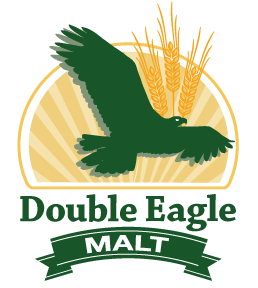Terroir
Just as local soil and microclimate define wine character as much as the skill of the vintner, so do these factors influence the barley that makes the beer distinctive. Add to that the dozens of varieties of malting barley that are grown, from two-row and six-row types, to spring and winter strains, and it's not surprising that these variables present a seemingly endless number of influences affecting the taste and character of the finished beer.
It's what makes a truly local beer so exciting. But it also presents a boatload of challenges.
Requirements for malting quality barley are very stringent, and each farmer who grows it must pay particular attention to all these factors in order to produce a suitable product. The costs are higher and the risks are greater, but the rewards are too. Malting barley cannot contain excessive protein which can cause haze and lautering problems in brewing; no blighted, broken or damaged kernels; and must have a 95% germination rate, among many other qualifications. If it doesn't meet one of a dozen standards, it's only good for secondary markets as feed.
That's why our number one mission is building relationships with local farmers who are willing to go the extra measure to grow our barley for us. Our work takes us to extension agents and university agronomy departments to find, test and develop the best varieties for the Southeastern Pennsylvania growing conditions.
Double Eagle Malt engages in ongoing dialogue with Penn State University, The Ohio State University, Cornell University, and Virginia Tech, all of whom are conducting trials on several barley varieties in the Mid-Atlantic region.
|
|




